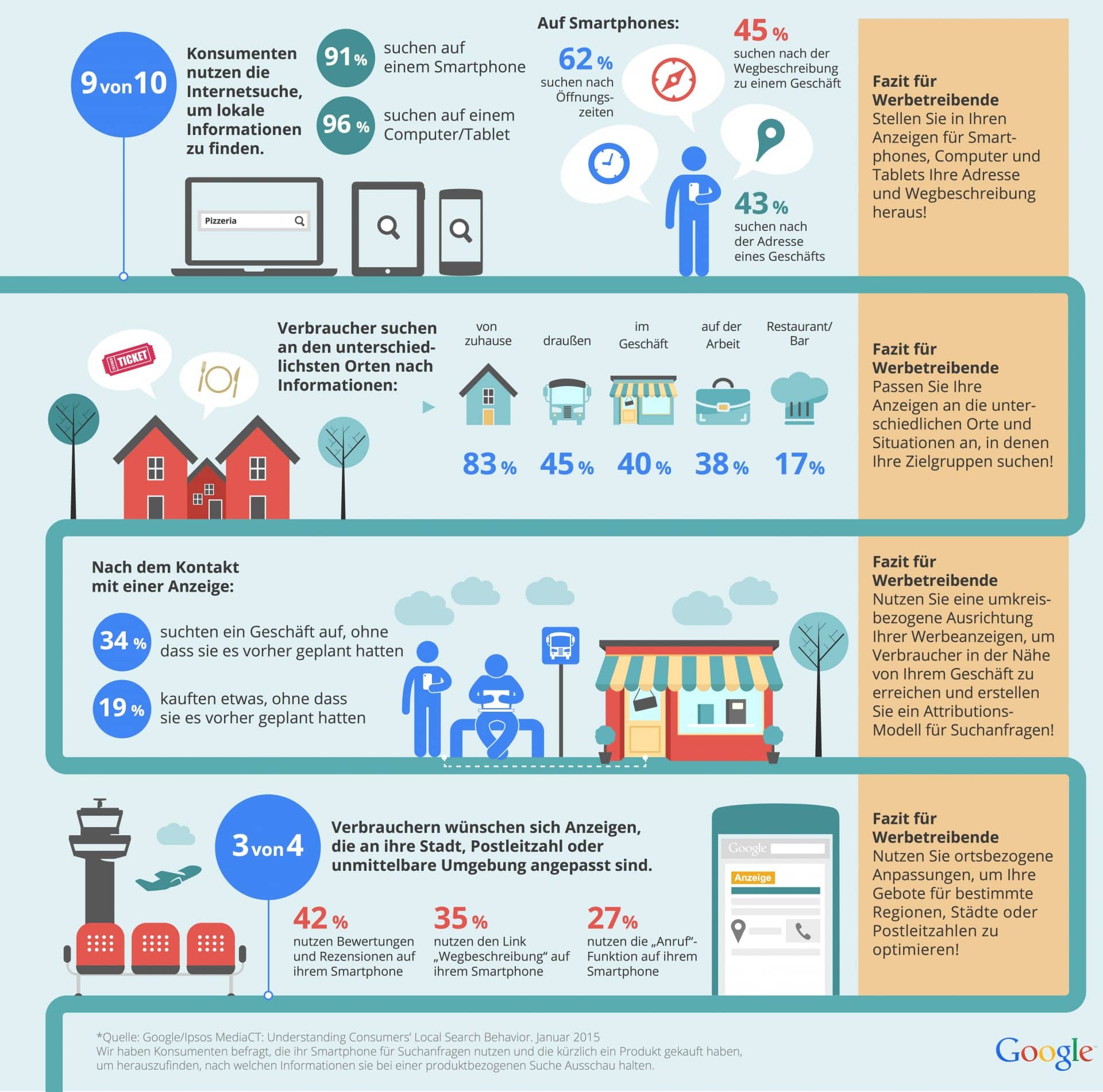Every click and every interaction that can be digitally captured generates data and makes data analysis possible. Our behaviour in social media and surfing behaviour on websites or online stores as well as reading an article, clicking on an advertisement, downloading documents, sending emails or entries in CRM systems - data sources like these provide an optimal basis for marketing analytics. This article provides insights into the possible applications of marketing analytics.
The causes for the increasing data volumes are enormously diverse and continue to increase with the number of devices connected to the internet. The increasingly differentiated Interaction possibilities contribute to the growth of data volumes in marketing departments and agencies.
Link tip: Data evaluations only provide exact results under certain conditions: for example, the Data quality vote.
One of the biggest challenges in this context is to use this mass of data sensibly and profitably. Through a Targeted data evaluation can be found along the entire Customer Journey Optimise measures and realise yield increases.
Inhaltsverzeichnis
What really matters in marketing data analysis
The large amounts of data (Big Data) that arise along the customer journey present a challenge in two respects: On the one hand, their sheer volume is a task not to be underestimated for the Data governance. On the other hand, too much data can also distort the view for the essentials. Large amounts of data do not automatically lead to better results. That is why the precise elaboration of the Question and the critical sifting, processing and summarisation of data for data evaluation are so important. A suitable tool for this is, for example, a Data Science Use Case Workshop.
In relation to Marketing Analytics that means all kinds of Touchpoints - The aim is to take a close look at the physical as well as the digital - between the customer and the product, brand or company. Thanks in particular to developments in the field of the Internet of Things, many interesting insights can now be gained into areas that previously eluded perception.
Link tip: A central question in data projects is: Where does the data come from? Data pipelines ensure fast and secure data provision.
Data analysis provides information on cross-selling and up-selling opportunities
One of the best-known functions of the online mail order company Amazon is the recommendation of other products based on previous shopping behaviour. If a customer likes product A - for example, a barbecue - there is a high probability that product B - a matching set of barbecue utensils - will also be of interest to him. Cross-selling can be based on little existing information, such as what other customers also bought after they liked a certain item.
Cross-selling and Up-selling (here, instead of a cheaper version of the product sought, a more expensive version of the same is offered) is becoming increasingly important, especially in the age of the Internet of Things. More and more digitally networked ecosystems are emerging, such as the Smart Home or the Connected Car. Washing machine manufacturers, for example, can cooperate with detergent manufacturers and integrate a reorder option directly into the appliances. If companies know what customers want, they can make them targeted and individualised offers.
Location-based services: Making individualised offers with data analyses
The integrated Data evaluation also offers hope for retailers and other location-based services: Simple measures here can exploit advantages of local proximity and increase people's perception of offers.
A study conducted by Ipsos MediaCT and Google shows that searches conducted via smartphone have a strong focus on people's immediate surroundings. Mobile marketing thus leads to a reactivation of a traditional concept: local advertising.

In order to efficiently and successfully implement measures such as these, there are Data science methods an: With data evaluations, advertising measures can be improved by carrying out target group segmentation and addressing potential customers individually.
The so-called Cross-device tracking helps to recognise customers across device boundaries. Currently, the best way to actually identify a user on different devices requires registration and login on one device. Account ahead.
An alternative to this is offered by Big data analyseswhich examines user behaviour according to patterns in order to recognise users or user groups. In this way, it can be approximately determined how a customer journey actually runs across device boundaries. Especially in the area of marketing, this creates an enormous Potential for improvement and optimisation.
Data evaluation makes success measurable
One of the most important consequences to be drawn from the data-driven digitalisation of business processes or data evaluation: Success becomes measurable and presentable. For decades, it was recognised that only half of all marketing expenditure achieved its intended effect. Until now, however, it was not known which half. With Data Science this unwritten law loses its validity. Real-time analyses show the performance of marketing campaigns so that corrections and adjustments can be made and budget can be used more purposefully.
Advantages of data evaluation in marketing
In marketing, targeted data evaluation leads to enormous improvement in the Return of investment. By making the effectiveness of methods measurable, non-effective methods can be saved and the focus can be shifted to the actual methods. lead-generating touchpoints can be laid. In addition, the customers' wishes and expectations can not only be better recognised, but also better fulfilled.
With the help of Target group segmentation and targeted data evaluation, the customer journey can be individualised and the number of qualified leads increased. Particularly in an increasingly competitive market, it is important to stand out through greater customer focus to secure decisive competitive advantages. Data evaluation is therefore a key element of a successful marketing strategy in the digital age.










0 Kommentare